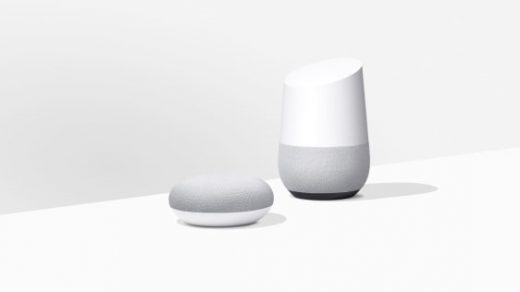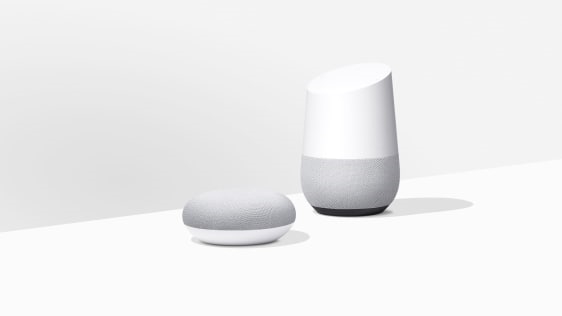The 10 Cleverest Tech Ideas Of 2017
For all the tech industry’s talk of changing the world, sometimes the best innovations aren’t particularly dramatic. They’re ideas that are small—but so clever that they seem obvious in hindsight. They improve the products we already use in ways we can immediately appreciate.
Big breakthroughs and splashy new products tend to get all the attention; for once, here’s a tribute to the small-scale innovations that are just as important.
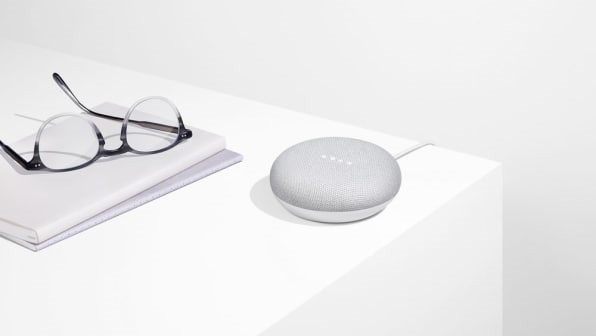
An Assistant That Multitasks
Google Home has gained the upper hand in its game of feature leapfrog with Amazon’s Echo, allowing users to string two actions together in a single voice command. Now you can say, “Dim the lights and play some jazz,” or, “What’s on my calendar and what’s the weather?” It’s a small but important step toward making virtual assistants seem less like rigid computer programs–and one that Amazon will surely look to copy before long.
Peak TV Binging
Mesmerizing as the Bojack Horseman theme song can be, do you really need to sit through it again on your sixth consecutive episode? Not anymore, now that Netflix offers a “Skip Intro” button. While the move has led to some fretting about the demise of dazzling title sequences, there are plenty of overwrought intros deserving of veto power. (Now, if only HBO would do something about its mandatory “It’s HBO” splash screens.)
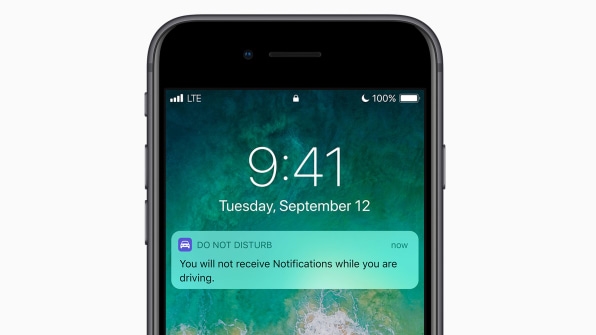
Less Distracted Driving
Years after introducing the problem of texting while driving, phone makers are getting serious about solving it. Apple’s iOS 11 includes a Do Not Disturb While Driving mode that automatically switches on when the iPhone senses vehicular travel, or it connects to the car’s Bluetooth speaker. The system then mutes all non-urgent notifications and optionally responds to texts with an “I’m driving” message. To discourage further use, it also keeps the phone locked unless you claim to be a passenger. Despite bans on texting in nearly every state, distraction still leads to thousands of deaths per year, so this little tech innovation could have an outsized impact.
AI In A Squeeze
It turns out the best way to invoke a virtual assistant on your smartphone isn’t with a button or even a voice prompt like, “Hey Siri.” With HTC’s U11 smartphone, users can squeeze the phone’s bottom half of the phone to bring up Amazon Alexa. The same feature also appears on Google’s Pixel 2 phones, where of course it’s tied to Google Assistant. Either way, initiating voice commands this way is so dependable and immediate that it could change how you use your phone.
Auto-Photo Sharing
Not convinced that the power of Google Photos’s facial recognition outweighs its inherent creepiness? The “Shared Libraries” feature that arrived this year might sway you. Just designate a trusted contact (such as your spouse), and once the other person approves, Google will automatically share your photos with them. You can even limit sharing to specific faces, which would be useful for allowing only family photos to come through. This can save hours of manual sorting; all it takes is a few minutes of setup and an ounce of trust in Google’s handling of personal data.
IOUs Begone
With AirBnB’s bill-splitting feature, group vacationers no longer have to burden one person with all the room charges, along with the pressure of collecting everyone’s share. (Conversely, one person no longer gets to hoard all the credit card rewards points for the trip.) AirBnB isn’t the first sharing economy service to accept group payments–Uber and Lyft have been doing it for years–but it feels a lot more consequential when hundreds or thousands of dollars are in play.
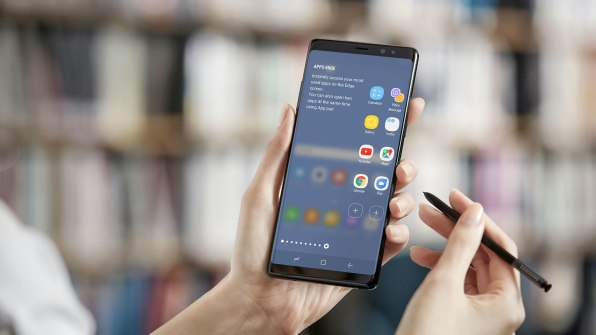
Multitasking Mastery
One benefit of gigantic smartphones like Samsung’s Galaxy Note8 is the ability to fit two apps comfortably on screen side-by-side. Too bad most Android phones require a complex procedure of swipes and taps to set your apps up. The Note8 solves the problem with a customizable shortcut bar, from which you can launch your favorite app combos into a side-by-side view. It’s one instance where Samsung’s aggressively customized version of Android outdoes Google’s stripped-back approach.
Smarter Drag-And-Drop
The concept of drag-and-drop has existed on Windows and Macs for decades, but a notation app called Goodnotes shows how the iPad’s version can surpass its predecessors. When dragging a snippet of handwriting into another app, Goodnotes converts the writing into text. It’s a great example of iOS’s potential to automate complex tasks and create smarter links between apps.
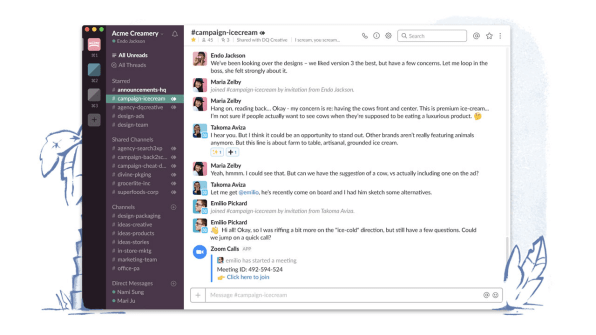
Intercompany Collaboration
Although Slack’s group-chat service has helped kill countless intra-office emails, it’s never excelled at facilitating conversations between companies. That’s starting to change with a beta feature called Shared Channels, which allows any two companies to create common workspaces for their employees. It should be less of a hassle than the existing guest account system, which requires separate logins and workspaces, and therefore stands a better chance of curbing email overload.
Bridging The Workout Gear Gap
Conflicting exercise data is no longer a problem for Apple Watch users who like to hit the treadmill. Now that WatchOS can sync with gym equipment, users can gather information about elevation, distance, and stairs climbed, and combine it with heart rate and other data from the Watch’s sensors for a more accurate workout summary. The gym equipment can even mirror the Apple Watch’s display so that users don’t have to check their wrists while exercising. Only a single gym supports Apple’s GymKit framework for now, but it’ll likely pop up in more places next year.
Fast Company , Read Full Story
(46)

